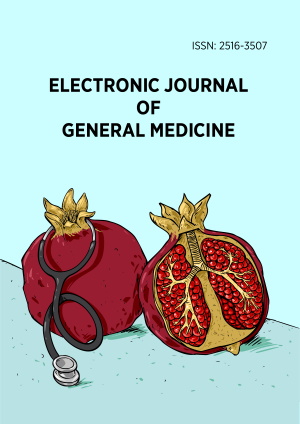Abstract
Asthma remains poorly controlled for many due to poor inhaler technique. This study evaluated the effectiveness of pharmacist-led inhaler technique education for 116 asthma inpatients in Jordan. Patients were divided into three groups: active 1 received education with a checklist label attached to their inhaler, active 2 received education with initial incorrect steps highlighted on the checklist label, and a control group received standard care. Asthma symptom control (assessed via the asthma control test questionnaire (ACT)), quality of life (assessed via the mini asthma quality of life questionnaire (mini AQLQ)), and adherence (assessed via the adult asthma adherence assessment questionnaire (AAAQ)) were assessed at baseline, pre-discharge, and three months later. Significant improvements were observed in inhaler techniques, with mean follow-up scores for ACT and mini AQLQ increasing notably. After three months, the mean difference in inhaler technique score between the groups was significant (0.711, p < 0.001). This study demonstrates that a simple, pharmacist-led intervention is feasible and can significantly improve inhaler technique and asthma outcomes in hospitalized patients.
License
This is an open access article distributed under the Creative Commons Attribution License which permits unrestricted use, distribution, and reproduction in any medium, provided the original work is properly cited.
Article Type: Original Article
ELECTRON J GEN MED, Volume 22, Issue 5, October 2025, Article No: em673
https://doi.org/10.29333/ejgm/16585
Publication date: 01 Sep 2025
Online publication date: 07 Jul 2025
Article Views: 2565
Article Downloads: 1127
Open Access References How to cite this article
 Full Text (PDF)
Full Text (PDF)